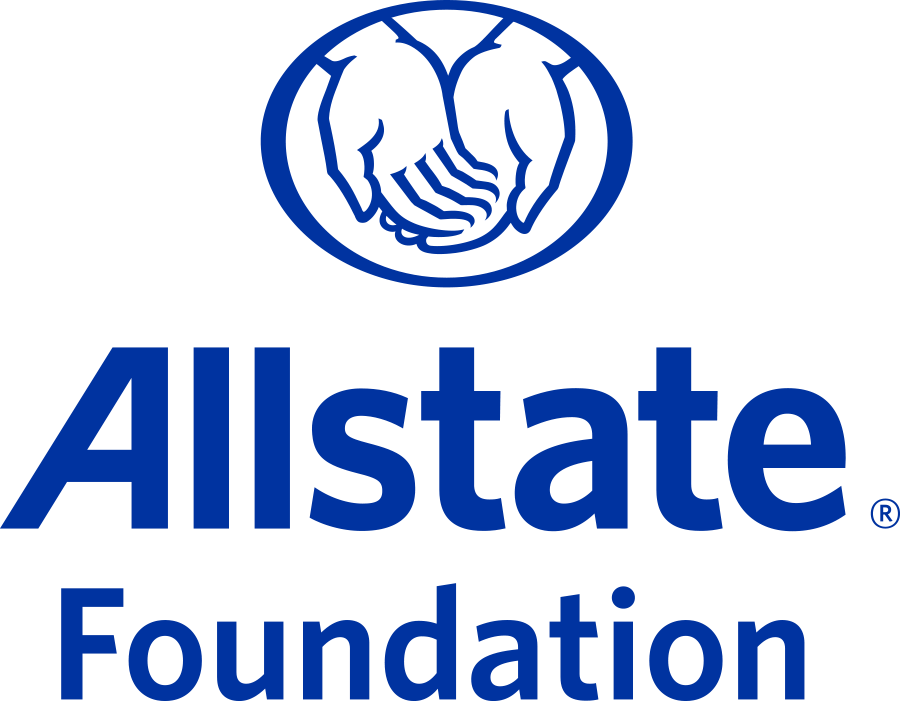Insurance plays a crucial role in financial security, but what best describes the purpose of insuring agreements? Let’s dive deep into this topic to understand its significance, structure, and impact.
Understanding Insuring Agreements
Definition of Insuring Agreements
An insuring agreement is the core part of an insurance policy that outlines the promises made by the insurer. It specifies what risks are covered, under what circumstances, and the conditions required for claims.
Why Insuring Agreements Matter?
Insuring agreements are essential as they define the scope of coverage, helping policyholders understand their protections and limitations.
Key Components of Insuring Agreements
Scope of Coverage
An insuring agreement clearly states what is covered under the policy, including:
- Property coverage
- Liability coverage
- Medical expenses
Perils Covered and Exclusions
Most insuring agreements list covered perils and exclusions to prevent misunderstandings.
Policy Limits and Deductibles
- Policy Limits: The maximum amount an insurer will pay for a covered loss.
- Deductibles: The amount a policyholder must pay before insurance kicks in.
Types of Insuring Agreements
Named Perils vs. All-Risk Policies
- Named Perils Policies: Cover only specific risks mentioned in the policy.
- All-Risk Policies: Cover all risks except those explicitly excluded.
Life Insurance Agreements
- Provide a payout upon the policyholder’s death.
- May include accidental death and dismemberment clauses.
Health Insurance Agreements
- Cover medical expenses, hospitalization, and preventive care.
- Some policies include exclusions for pre-existing conditions.
Auto Insurance Agreements
- Cover vehicle damage, liability for third parties, and medical expenses.
How Insuring Agreements Protect Policyholders
Risk Transfer Mechanism
Insurance shifts financial risk from the policyholder to the insurer, ensuring financial stability.
Legal Framework and Consumer Protection
Government regulations ensure that insuring agreements follow fair practices. Check government insurance regulations here.
Common Misconceptions About Insuring Agreements
“Everything Is Covered” Myth
Many assume their policy covers all risks, but exclusions and limitations exist.
“No Need to Read the Fine Print”
Understanding policy wording is crucial to avoid surprises when filing a claim.
The Role of Insuring Agreements in Claims Processing
How Claims Are Evaluated
- Assessing covered risks
- Checking policy limits
- Verifying policyholder obligations
Common Reasons for Claim Denials
- Non-disclosure of relevant information
- Policy exclusions
- Failure to meet conditions precedent
How to Choose the Right Insuring Agreement
Factors to Consider
- The type of coverage needed
- Policy exclusions and limitations
- Premium costs vs. coverage benefits
Consulting an Insurance Professional
Speaking with an expert can help in selecting the best policy.
Future Trends in Insuring Agreements
Digital Insurance Policies
- More policies are being digitized for easy access.
Usage-Based Insurance
- Premiums based on real-time risk assessment.
Increased Transparency
- Simplified policy language to improve consumer understanding.
Conclusion
Understanding what best describes the purpose of insuring agreements is crucial for making informed decisions about insurance policies. These agreements define coverage, exclusions, and conditions, ensuring policyholders receive the protection they need.
FAQs
1. What is the primary purpose of an insuring agreement?
The primary purpose is to outline the scope of coverage, defining what risks are insured and under what conditions.
2. Are all risks covered under an insuring agreement?
No, policies contain exclusions that specify risks not covered.
3. What happens if a claim falls outside the insuring agreement?
If a risk isn’t covered, the insurer is not liable to pay for the claim.
4. Can an insuring agreement be modified?
Yes, endorsements and riders can be added to adjust coverage terms.
5. Where can I find official guidelines on insuring agreements?
You can refer to Wikipedia and government insurance resources for authoritative information.









